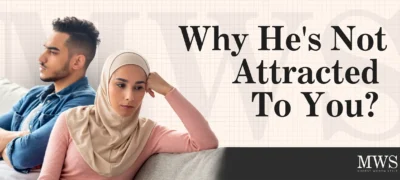Beauty is in the eye of the beholder. It should be! But the way we see it today is totally different. Thanks for the media’s unrealistic standards!
So you are watching TV and a commercial of a beauty product comes out. With that sexy beautiful model like a superstar, you feel insecure about yourself and would want to try and buy the new product. Thinking, perhaps you can look like that model and finally be considered beautiful. From there, you are already affected by a marketing strategy that is far from the reality that we are all born different with natural beauty.
The images portrayed by the media had greatly influenced many of us thus affecting our own opinion on beauty itself. The media reinforced the notion that the ideal female is white, thin and sexy. So most of us struggle to be like them, enticed to follow this stereotypical ideal of beauty.
Shari Graydon, former president of Canada’s Media Action Média, argues that women’s bodies are sexualized in ads in order to grab the viewer’s attention. Women become sexual objects when their bodies and their sexuality are linked to products that are bought and sold. While media activist Jean Kilbourne agrees, noting that women’s bodies are often dismembered into legs, breasts or thighs, reinforcing the message that women are objects rather than whole human beings.
But in today’s modern technology, this unrealistic view is not only portrayed in TV. A recent study of Dove shows that more than ever before, women are looking to people like themselves for beauty inspiration—specifically now, to the women they see while scrolling through social media.
Dove surveyed 1,027 women between the ages of 18 and 64.The results showed that women are more than twice as likely to say that their conception of beauty is shaped by “women in the public domain” and social media. Dove also found out that in 2014, women wrote 5 million disparaging tweets about beauty, most of which were about themselves. Much of the survey sample (78 percent) felt that the portrayal of women on social media is unrealistic. But 82 percent of women also said they believed social media can change prevailing standards of beauty.
Well, you and I know it. Magazines, movies, and commercials, among other outlets, have spoon-fed girls with the idea that they can only be beautiful and sexy if they have curves, long legs, great hair, perfect skin and cake of make up; they should watch their weight and keep up with the newest trends in fashion. Countless girls tend to compare themselves to models and celebrities. They set out to change everything about themselves from their hair to their makeup routine and beyond. They desire, “Oh! If I had what she has, people will definitely like me.” This unrealistic media standard only promotes this type of thinking.
The question is: WHY? Why conform to society’s overrated, distorted standards? Why pursue a superficial image demanded by the media that is ultimately unachievable? Why believe that you are not good enough and choose to give in?
Beauty, I mean true beauty, is a way so much more than that. It can be kindness or quick wit. Beauty can be inner drive, intelligence, and compassion. Beauty can be a strong-willed woman who stands up against her insecurities and flaunts her imperfections. The superficial features that today’s media portrays is nothing but a façade. Women need to start viewing themselves as more than their face and bodies and realize that beauty is beyond physical appearance.
It’s about time women banded together to debunk the image of perfection society has shaped us. Stop believing the media’s so-called “standard” on beauty!










